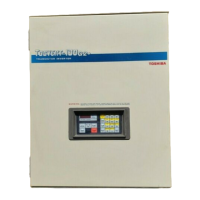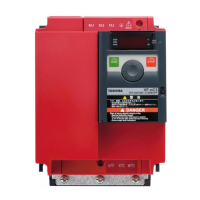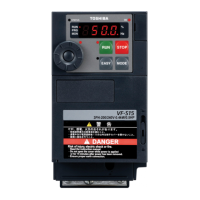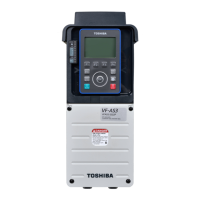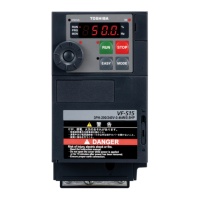Setting 4 will cause the Modbus interface card to automatically modify the option
frequency command (register 01) upon a timeout occurrence such that the inverter
will accelerate to and continuously run at the UPPER LIMIT FREQUENCY, as set in
GROUP:FUNDAMENTAL PARAMETERS #1. Similar to the stop command issued by
the Modbus interface card with setting 2 (see above), the value of register 01 will not
automatically return to its pre-timeout value once proper network communications are
re-established. The Modbus master must specifically modify the value of register 01
once communications are re-established to cause the inverter to run at the desired
frequency once again. Note that in order for this setting to actually affect the inverter’s
operating frequency, parameter FREQUENCY MODE SELECTION in
GROUP:UTILITY PARAMETERS must be set to 3 (communication option input valid).
Also note that the inverter will accelerate to the UPPER LIMIT FREQUENCY only if
the inverter was running at the time of communications loss; otherwise the inverter will
remain stopped even though the option frequency command value has been modified.
USE EXTREME CAUTION WHEN SELECTING THIS SETTING! Thoroughly verify
that there is no possibility of personal injury or equipment damage due to the inverter
running at the UPPER LIMIT FREQUENCY setting, especially with the possibility that
network communications may not be able to be re-established in a timely fashion
(depending on what network condition caused the communications timeout in the first
place).
Note that the loss of communications timeout time and timeout action are both non-
volatile (stored in EEPROM). Therefore, do not write to these registers more than
10,000 times. The timeout time and timeout action are read only upon inverter
initialization; therefore, the inverter must be reset after these values have been
modified in order for them to take effect.
8.4 Response Delay Timer Function
Register 1D2 contains the setting for a response delay timer function. This function is
useful for applications where it may not be desirable for the Modbus interface to
respond immediately to the network, such as when a radio modem that must be
switched from receive mode to transmit mode is being used.
The response delay timer is adjustable in 1ms increments from 0s to 2.000s (factory
setting = 0s). A response delay of 0s means that there is no delay; response packets
will be sent by the Modbus interface as soon as they are available. The delay timer
starts when a complete packet is received by the Modbus card - a response will not
be sent until the timer has expired (at a minimum). Note that this time value only sets
a minimum response delay value - depending on the quantity and location of registers
read/written, much more time may actually be required before a complete response is
formulated and ready to be returned to the network (an approximate value of 60ms per
register accessed can be used for most circumstances). For example, if 10 registers
are always read/written, the interface board will require approximately 600ms to
read/write the registers and formulate a response, so response delay times less than
approximately 600ms will have no actual effect.
Like the communications timeout parameters, the response delay timer value is read
only upon inverter initialization. This setting is also non-volatile (written to EEPROM).
Therefore, do not write to this register more than 10,000 times.

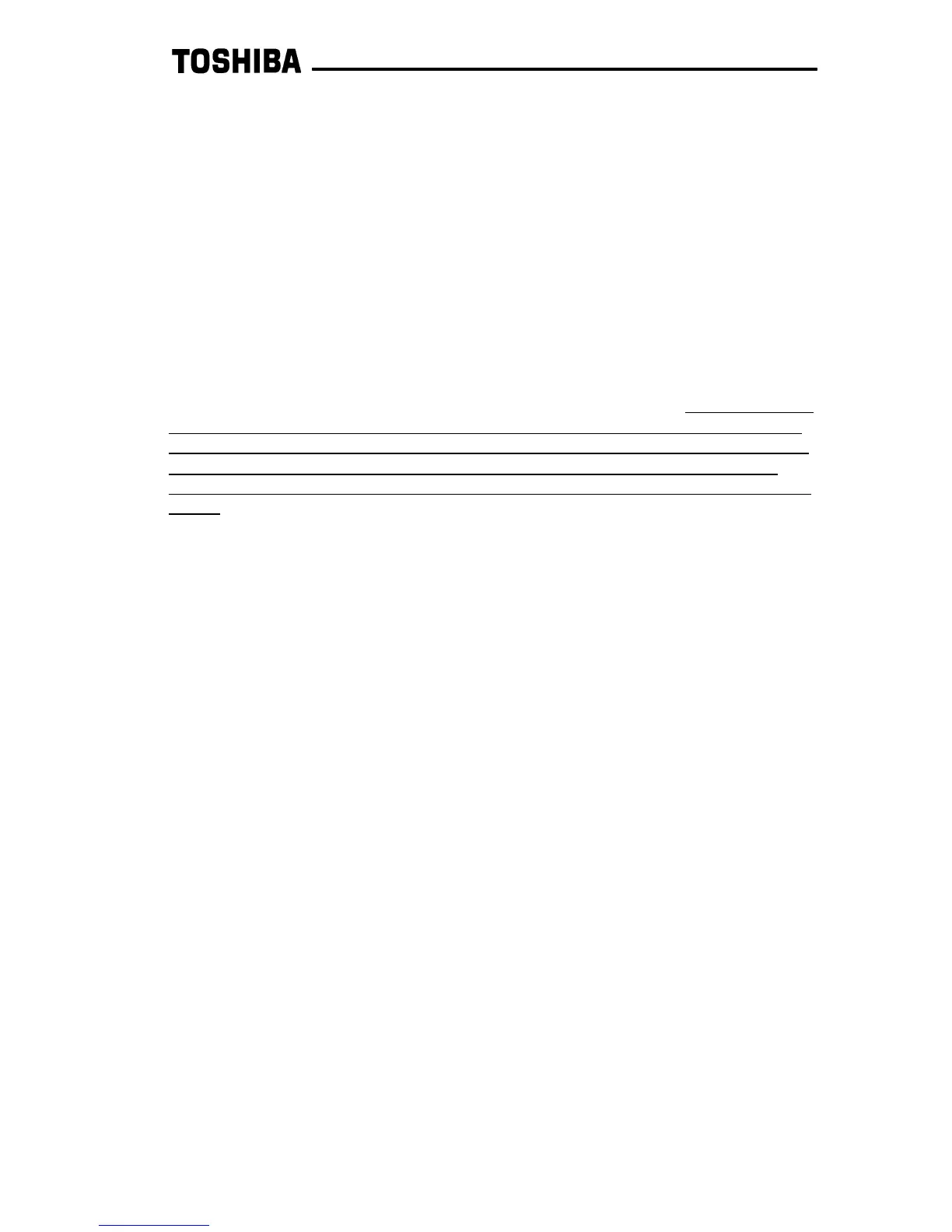